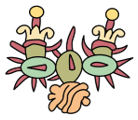
The Pulque Museum is the Museo del Pulque y las Pulquerías (i.e.; the taverns serving pulque). The museum covers a topic frequently of great mystery to first-time visitors to central Mexico. It’s also a drink that’s seeing something of renaissance, along with its cousin, mezcal. Traditionally difficult to preserve or ship any distance, its consumption declined over most of the 20th century.
The museum, aptly enough, is upstairs from a working pulquería. The Pulquería Panana is a busy watering hole just next to the prominent Church of Hipólito. The pulquería makes pulque in a variety of flavors from maguey plants tapped in Hidalgo and Tlaxacala states, north and east of Mexico City.

The Pulque Museum, just upstairs from the tavern, offers guided tours, or a chance to wander on your own. While it’s not enormous, it does offer a complete history and explanation of the ancient drink and the many cultures to have contributed to the pulque we know today.
While there are still many pulquerías across Mexico City, only this one will give you the full picture. As the Museum of Pulque directors put it, “Pulque is a culture.”
Hours: (Closed Tuesdays & the 28th of each month)
Mondays through Saturdays: 11 a.m. to 8 p.m., Sundays: 11 a.m. to 6 p.m.
 museo@mupyp.mx
museo@mupyp.mx
 55 7159 2695
55 7159 2695
 https://www.mupyp.mx/
https://www.mupyp.mx/
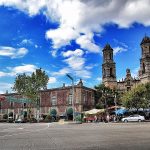
Nearest at 0.01 kms.

Nearest at 0.05 kms.
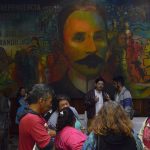
Nearest at 0.10 kms.
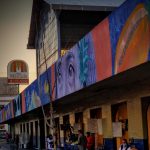
The 2 de abril market opened in 1902 and it's still a spectacular place for lunch!

Bellas Artes has long been an iconic symbol of Mexico City's culture and performing arts.
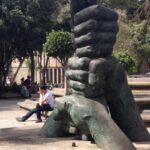
One of the most central of public squares is a beloved memorial to unforgettable tragedy.
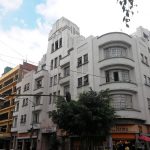
The classic Mexico City main street alive with people and commerce...

One of Mexico City's most beautiful historic squares, it's a meeting place for booklovers and dealers.